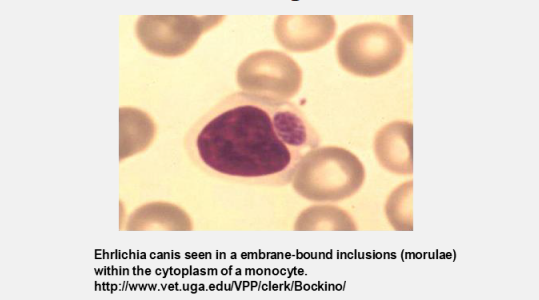| Ehrlichia canis Ab Test Kit | |
| Catalog number | RC-CF025 |
| Summary | Detection of specific antibodies of E. canis within 10 minutes |
| Principle | One-step immunochromatographic assay |
| Detection Targets | E. canis antibodies |
| Sample | Canine whole blood, serum or plasma |
| Reading time | 5 ~ 10 minutes |
| Sensitivity | 97.7 % vs. IFA |
| Specificity | 100.0 % vs. IFA |
| Limit of Detection | IFA Titer 1/16 |
| Quantity | 1 box (kit) = 10 devices (Individual packing) |
| Contents | Test kit, Buffer bottle, and Disposable droppers |
| Caution | Use within 10 minutes after opening Use appropriate amount of sample (0.01 ml of a dropper) Use after 15~30 minutes at RT if they are stored under cold circumstances Consider the test results as invalid after 10 minutes |

